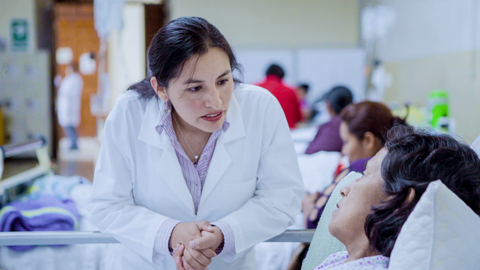Being a member of the WHO Programme for International Drug Monitoring
The combined resources of UMC, WHO, and other programme members give participants in the WHO programme access to expertise and tools to support national pharmacovigilance systems.

What it means to be a member
In each participating country, the Ministry of Health or other relevant national authority establishes a pharmacovigilance centre with responsibility for the safety of medicines and for contact with WHO in this specific field.
Members have access to the resources of UMC to support their work. They enjoy many benefits from being part of the global pharmacovigilance community. There are obligations, too, such as regularly making their crucial contributions of data to VigiBase, the WHO global database of adverse event reports for medicines and vaccines.
Members may also share information, including signals of adverse drug effects they have identified and regulatory decisions, such as changes in the labelling of certain medicines and vaccines.
Resources and benefits of membership
- Access to VigiBase.
- Early information about potential safety concerns shared informally amongst members or from UMC.
- VigiFlow and VigiLyze – tools for reporting, storing, structuring, searching, and analysing reports of suspected adverse effects of medicines and vaccines.
- First call on support, training, guidelines and resources, such as courses and publications, from UMC and others.
- Engagement in the relationships and activities of the international network.
- A voice in the shaping of international pharmacovigilance policy.
Membership obligations
To ensure that the international data is as up-to-date as possible, member countries are asked to send reports of suspected adverse effects to UMC at least every quarter, preferably more frequently. The reports must be submitted in E2B-compatible format, with attention to both the quality and completeness of the data. The data is stored in VigiBase, in a structured, hierarchical form to allow easy and flexible retrieval and analysis.
VigiBase is the largest and most comprehensive source of data about suspected adverse effects to medicinal products in the world.